Deepfakes from above.
Deepfakes are usually associated with imagery of AI-generated people, but what about fake satellite imagery? Geographers say such deepfakes could be used to spread misinformation and even mislead the military.

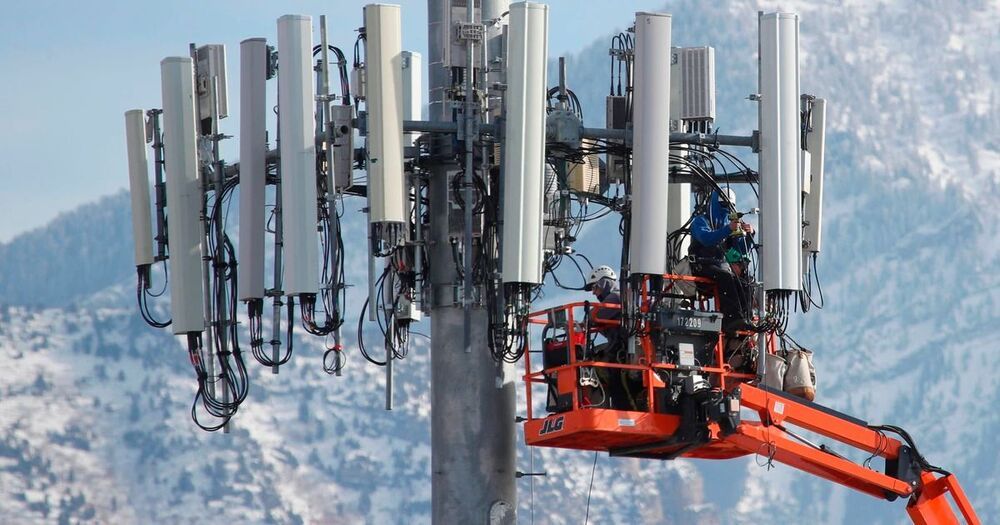
WASHINGTON — The Department of Defense wants to see a prototype that can ensure spectrum is available whenever it’s needed for aerial combat training, according to an April 26 request from the National Spectrum Consortium.
The effort, focused specifically on the Operational Spectrum Comprehension, Analytics, and Response (OSCAR) project, is part of a larger portfolio included in the DoD’s office of research and engineering’s Spectrum Access Research & Development Program. That program hope to develop near real time spectrum management technologies that leverage machine learning and artificial intelligence to more efficiently and dynamically allocate spectrum assignments based on operational planning or on operational outcomes, a release said.
“I think of this set of projects as a toolset that’s really the beginning of starting to move toward pushing those fundamental technologies into more direct operational application,” Maren Leed, executive director of the National Spectrum Consortium, told C4ISRNET. It’s “starting to bridge from just sharing with commercial into capabilities that are going to enable warfighting much more directly.”
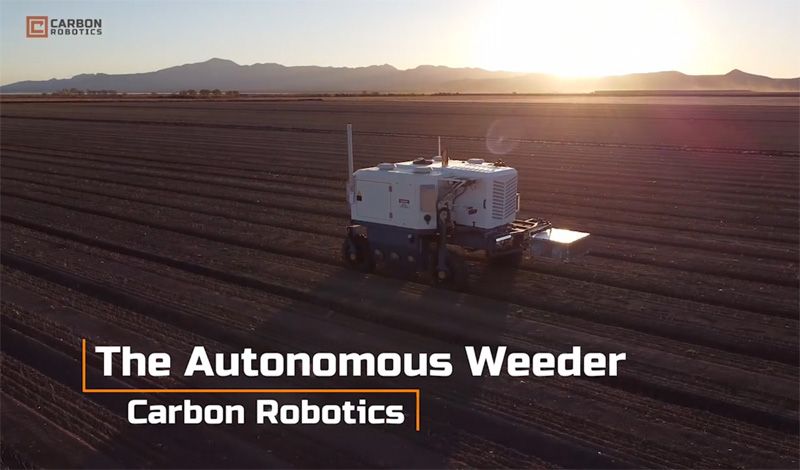
The Autonomous Weeder, developed by Carbon Robotics, uses a combination of artificial intelligence (AI), robotics, and laser technology to safely and effectively drive through crop fields – identifying, targeting and eliminating weeds.
Unlike other weeding technologies, the robot utilises high-power lasers to eradicate weeds through thermal energy, without disturbing the soil. This could allow farmers to use less herbicides, while reducing labour costs and improving the reliability and predictability of crop yields.
“AI and deep learning technology are creating efficiencies across a variety of industries and we’re excited to apply it to agriculture,” said Paul Mikesell, CEO and founder of Carbon Robotics. “Farmers, and others in the global food supply chain, are innovating now more than ever to keep the world fed. Our goal is to create tools that address their most challenging problems, including weed management and elimination.”
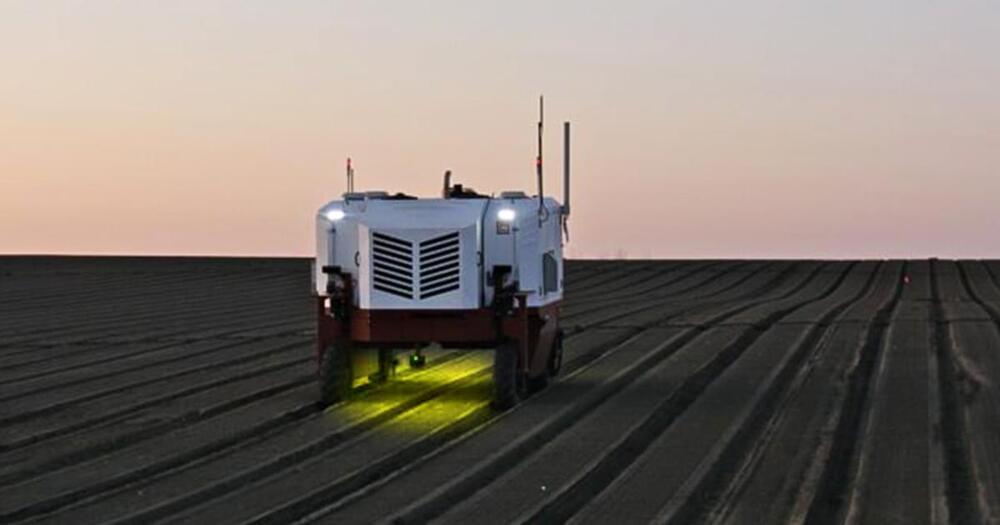
A person can weed about one acre of crops a day. This smart robot can weed 20.
Carbon Robotics has unveiled the third-generation of its Autonomous Weeder, a smart farming robot that identifies weeds and then destroys them with high-power lasers.
The weedkiller challenge: Weeds compete with plants for space, sunlight, and soil nutrients. They can also make it easier for insect pests to harm crops, so weed control is a top concern for farmers.
Chemical herbicides can kill the pesky plants, but they can also contaminate water and affect soil health. Weeds can be pulled out by hand, but it’s unpleasant work, and labor shortages are already a huge problem in the agriculture industry.
Artificial intelligence is helping humans make new kinds of art. It is more likely to emerge as a collaborator than a competitor for those working in creative industries. Film supported by Mishcon de Reya.
Sign up to The Economist’s daily newsletter: https://econ.st/3dm9rp9
Find our most recent science and technology coverage: https://econ.st/2QTAukd.
Listen to Babbage, The Economist’s science and technology podcast: https://econ.st/3ftaPJf.
Read The Economist’s special report on how non-tech businesses are beginning to use artificial intelligence at scale: https://econ.st/3fvuKYe.
Read The Economist’s technology quarterly report on virtual realities: https://econ.st/3dpBOD1
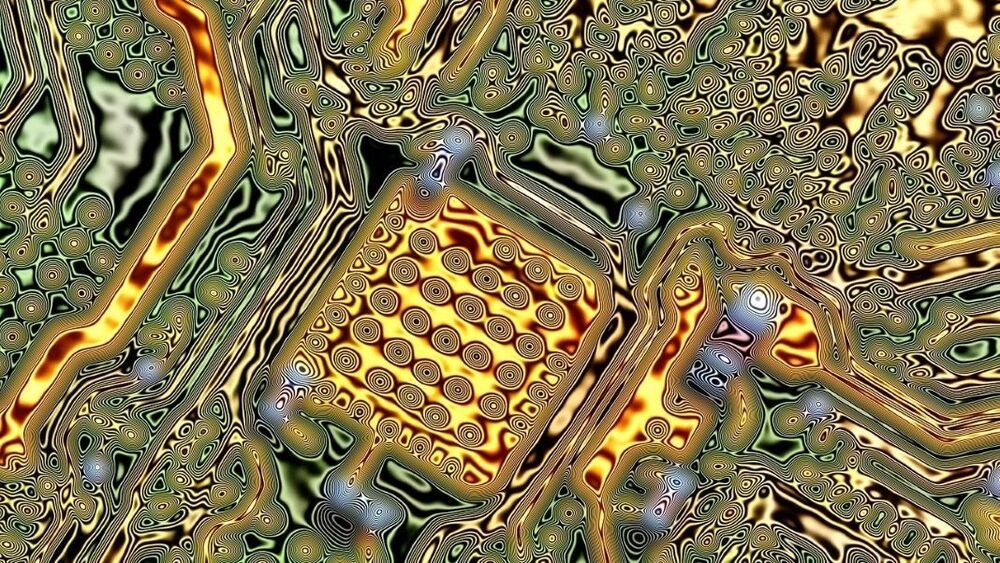
Others think we’re still missing fundamental aspects of how intelligence works, and that the best way to fill the gaps is to borrow from nature. For many that means building “neuromorphic” hardware that more closely mimics the architecture and operation of biological brains.
The problem is that the existing computer technology we have at our disposal looks very different from biological information processing systems, and operates on completely different principles. For a start, modern computers are digital and neurons are analog. And although both rely on electrical signals, they come in very different flavors, and the brain also uses a host of chemical signals to carry out processing.
Now though, researchers at NIST think they’ve found a way to combine existing technologies in a way that could mimic the core attributes of the brain. Using their approach, they outline a blueprint for a “neuromorphic supercomputer” that could not only match, but surpass the physical limits of biological systems.
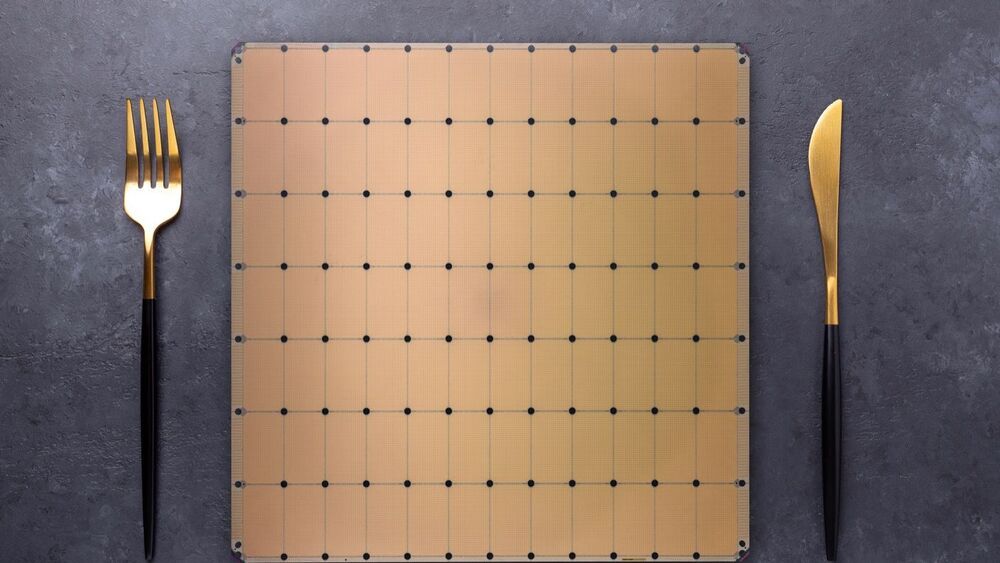
The world’s biggest AI chip just doubled its specs—without adding an inch.
The Cerebras Systems Wafer Scale Engine is about the size of a big dinner plate. All that surface area enables a lot more of everything, from processors to memory. The first WSE chip, released in 2019, had an incredible 1.2 trillion transistors and 400000 processing cores. Its successor doubles everything, except its physical size.
The WSE-2 crams in 2.6 trillion transistors and 850000 cores on the same dinner plate. Its on-chip memory has increased from 18 gigabytes to 40 gigabytes, and the rate it shuttles information to and from said memory has gone from 9 petabytes per second to 20 petabytes per second.
With artificial intelligence and painstaking study of sperm whales, scientists hope to understand what these aliens of the deep are talking about.
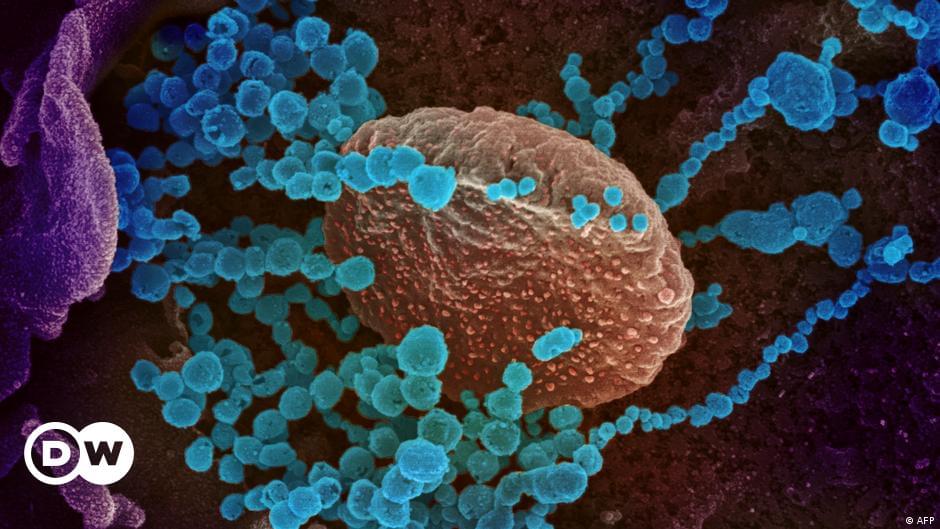
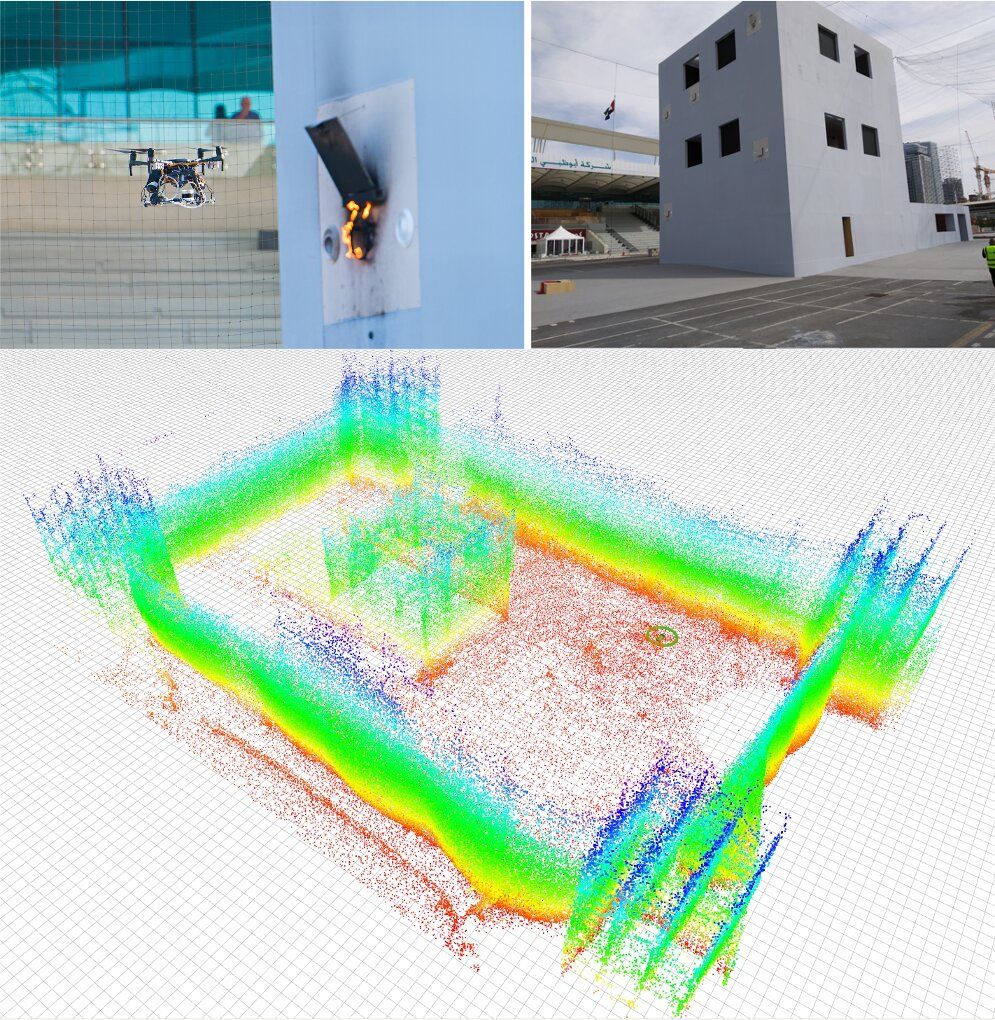
To enable the efficient operation of unmanned aerial vehicles (UAVs) in instances where a global localization system (GPS) or an external positioning device (e.g., a laser reflector) is unavailable, researchers must develop techniques that automatically estimate a robot’s pose. If the environment in which a drone operates does not change very often and one is able to build a 3D map of this environment, map-based robot localization techniques can be fairly effective.
Ideally, map-based pose estimation approaches should be efficient, robust and reliable, as they should rapidly send a robot the information it needs to plan its future actions and movements. 3D light detection and ranging (LIDAR) systems are particularly promising map-based localization systems, as they gather a rich pool of 3D information, which drones can then use for localization.
Researchers at Universidad Pablo de Olavide in Spain have recently developed a new framework for map-based localization called direct LIDAR localization (DLL). This approach, presented in a paper pre-published on arXiv, could overcome some of the limitations of other LIDAR localization techniques introduced in the past.